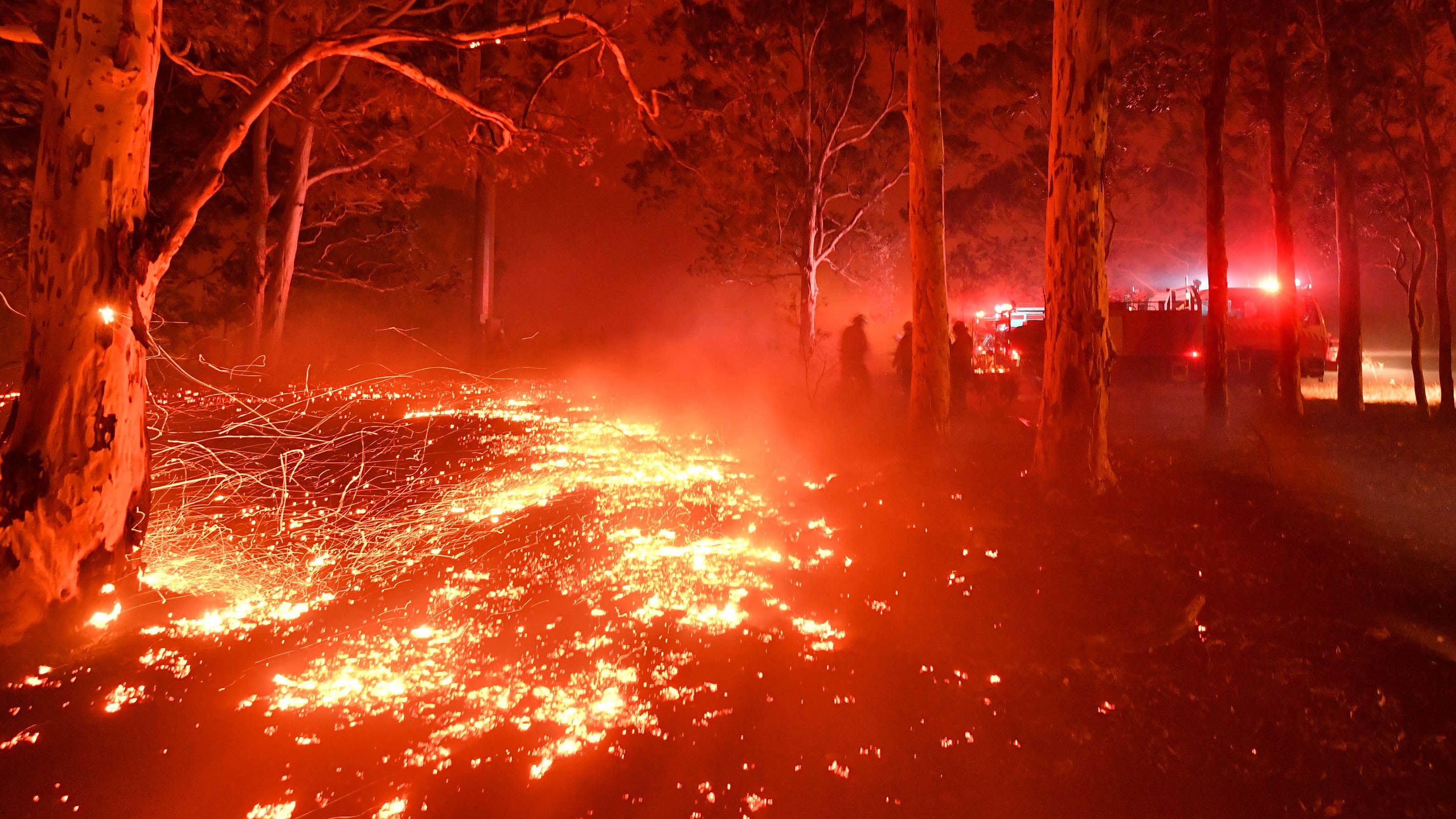Guarding Your Home: The Essential Function of a BAL Report in Bushfire Preparedness
Guarding Your Home: The Essential Function of a BAL Report in Bushfire Preparedness
Blog Article
How BAL Report Impacts Bush Fire Defense Measures
In the world of bush fire defense, the Building Strike Degree (BAL) report stands as an important device that significantly influences the security and strength of residential properties in fire-prone areas - BAL Report. The impact of a BAL evaluation prolongs much beyond simple documentation; it offers as the cornerstone for establishing the suitable building requirements and fire security measures required to minimize the dangers posed by bushfires. As areas face increasingly severe fire periods, comprehending exactly how the BAL report shapes these safety measures becomes critical for home builders, home owners, and policymakers alike
Comprehending the Bushfire Attack Level

Relevance of BAL Record Analysis

Furthermore, the BAL record analysis works as a fundamental action in complying with legal responsibilities and demands associated to bushfire security. Neighborhood councils and authorities frequently mandate the submission of a BAL report as part of the planning and building approval process to ensure that residential or commercial properties are sufficiently guarded versus bushfire threats. Falling short to perform a detailed BAL record analysis can cause insufficient security measures, leaving homes prone to ravaging bushfire events.
Construction Standards Based on BAL
A thorough understanding of the Bushfire Assault Degree (BAL) allows residential property owners to execute building and construction standards tailored to their certain threat account. Building and construction requirements based on BAL are vital in alleviating the impact of bushfires on residential or commercial properties. The BAL score categorizes the potential danger a residential property deals with throughout a bushfire on a range from BAL-Low to BAL-FZ (Flame Area)
Executing Fire Protection Steps
With the foundation of building and construction requirements based upon Bushfire Attack Degree (BAL) in location, the focus currently shifts towards the useful execution of fire security measures to fortify buildings versus bushfire threats. Carrying out fire protection procedures entails a mix of passive and energetic techniques to boost the durability of structures in bushfire-prone locations. Passive actions include utilizing fireproof building materials, mounting ember guards on vents, securing voids in roofs and wall surfaces, and keeping a clear space around the building devoid of combustible vegetation. Active actions encompass having firefighting tools readily available, such as pipes and water pumps, in addition to developing a defendable space around the building by clearing greenery and having a well-kept yard. In addition, developing an evacuation plan and making sure all locals understand emergency procedures are essential elements of you can try here effective fire security procedures. By incorporating both passive and energetic approaches, buildings can considerably decrease their vulnerability to bushfire events and boost the safety of residents.
Shielding Homes Versus Bushfires
Successfully safeguarding homes against the devastating effects of bushfires requires a extensive and aggressive approach to fire defense measures. House owners staying in bushfire-prone areas must focus on the implementation of different approaches to enhance their residential property's durability versus wildfires. One basic aspect is producing a defensible room around Visit Your URL the home by maintaining a clear area totally free of combustible materials. This includes routinely cutting plant life, removing dead plants, and making sure a secure range in between structures and trees. Setting up fire-resistant roof covering products can additionally significantly decrease the danger of cinder strikes and straight fire call. In addition, securing voids and vents to stop cinder invasion, in addition to integrating fireproof windows and doors, can assist strengthen the home's defense against bushfires. Buying a trustworthy water resource, such as a properly maintained automatic sprinkler or a committed water storage tank, is critical for providing water throughout fire emergency situations - BAL Report. By accepting a proactive stance and integrating these safety actions, home owners can dramatically boost their opportunities of securing their homes against bushfires.
Conclusion
Finally, the Bushfire Assault Level (BAL) record plays a vital role Click This Link in figuring out the needed security measures against bushfires. By assessing the BAL, building criteria can be tailored to minimize the dangers and make certain the security of homes in fire-prone areas. Implementing fire security actions based on the BAL report is essential in securing homes from possible bushfire risks. It is critical for property owners to focus on BAL analyses and adhere to suggested building and construction standards to improve bushfire durability.
In evaluating bushfire danger to homes, recognizing the Bushfire Assault Degree (BAL) is an essential part for applying reliable defense measures. Generally, a clear understanding of the Bushfire Assault Level is vital for carrying out appropriate security procedures and alleviating the effect of bushfires on residential properties.

Report this page